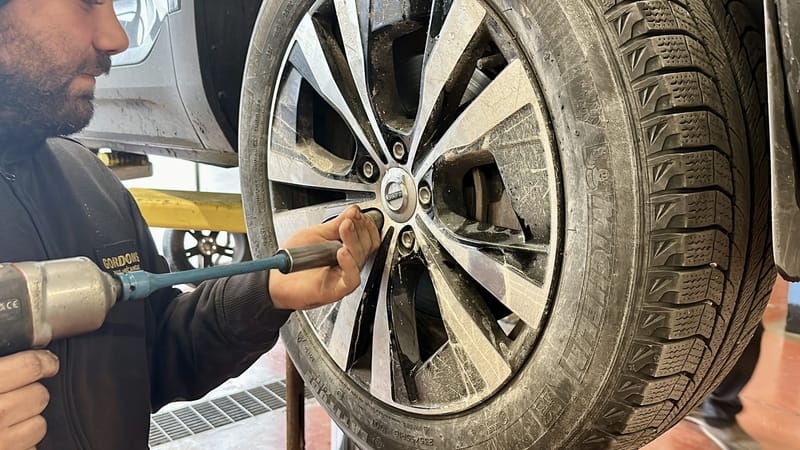Avian Flu: Quebec seal fatalities investigated
Although mutations making transmission to mammals easier have occurred, there have been no cases of human-to-human transmission to date. “There is no strong indication that this will change anytime soon,” Ward said.

The infection of mammal species by avian flu viruses is becoming a significant concern. When avian flu viruses replicate in mammals, they could potentially become more dangerous to humans. A study investigating the spike in seal deaths in the St. Lawrence River in 2022 highlights these risks.
From April 1 to September 30, 2022, 209 seals were found dead or sick in the estuary and Gulf of the St. Lawrence. The number of deaths among common and gray seals during the summer was almost four times higher than usual, with the H5N1 avian flu strain identified as the cause in several cases.
A report by the Centers for Disease Control and Prevention (CDC) attributes the spread of the virus to seals to the presence of numerous bird carcasses infected with H5N1 at seal haul-out sites.
However, there is no concrete evidence of seal-to-seal transmission. “In the outbreak we saw in 2022, particularly among common seals, there doesn’t seem to be evidence that the virus was transmitted from one seal to another. The disease appears to have been so acute and deaths so rapid that the animals likely didn’t excrete the virus for long,” said Stéphane Lair, a co-author of the study.
This contrasts with outbreaks among sea lions in South America, where the H5N1 strain caused significant fatalities. “Thousands of sea lions died, which suggests seal-to-seal transmission occurred in these cases. The close contact in sea lion colonies likely facilitated direct transmission,” Lair noted.
The study underscores the risk of marine mammals acting as reservoirs for H5N1, increasing the likelihood of mutations that might allow the virus to infect other mammalian hosts. The CDC report emphasizes the need for vigilant monitoring of this virus in wild marine mammal populations to evaluate potential public health risks.
Meanwhile, in Quebec, the Canadian Food Inspection Agency recently identified H5N1 infections at two poultry farms in Montérégie.
Limited Human Risk for Now
Last week, Canada confirmed its first human case of H5N1 avian flu in British Columbia. However, experts advise against alarm, as human cases remain rare.
“There have already been a few reported human cases, but their limited number suggests that this virus is not well adapted to humans,” explained Lair, who is also a professor at the Faculty of Veterinary Medicine at the University of Montreal.
Influenza viruses are known to mutate and recombine, but the H5N1 strain circulating in North America is an Eurasian variant, distinct from the Asian strain responsible for more human cases. “This Eurasian strain appears much less capable of spreading among humans,” Lair said.
Despite this, the possibility of future mutations is concerning. “Public health becomes more concerned when avian flu starts infecting mammals, as it indicates adaptation to mammalian cells. Since humans are mammals, we naturally wonder if we might be next,” he added.
Brian Ward, a professor at McGill University and co-director of the Vaccine Study Centre at the MUHC, shares moderate concerns. “It’s worrying, but not at a high level,” Ward commented.
Although mutations making transmission to mammals easier have occurred, there have been no cases of human-to-human transmission to date. “There is no strong indication that this will change anytime soon,” Ward said.
Ward also explained that transmission among birds occurs primarily through the oral-fecal route. Infected feces can create aerosols, which seals might inhale in environments shared with birds. “Even without the proper receptor for infection, seals could become sick due to the intensity of the exposure,” he noted.
Both Lair and Ward agree that an avian flu virus could potentially cause the next pandemic. However, they stress that immediate panic is unwarranted.
“This is the time to act. These viruses are on our radar, and we must use this opportunity to prepare for future pandemics—whether from avian flu or another virus like SARS-CoV-2,” Ward emphasized. “The next pandemics are inevitable, and preparation is key.”





